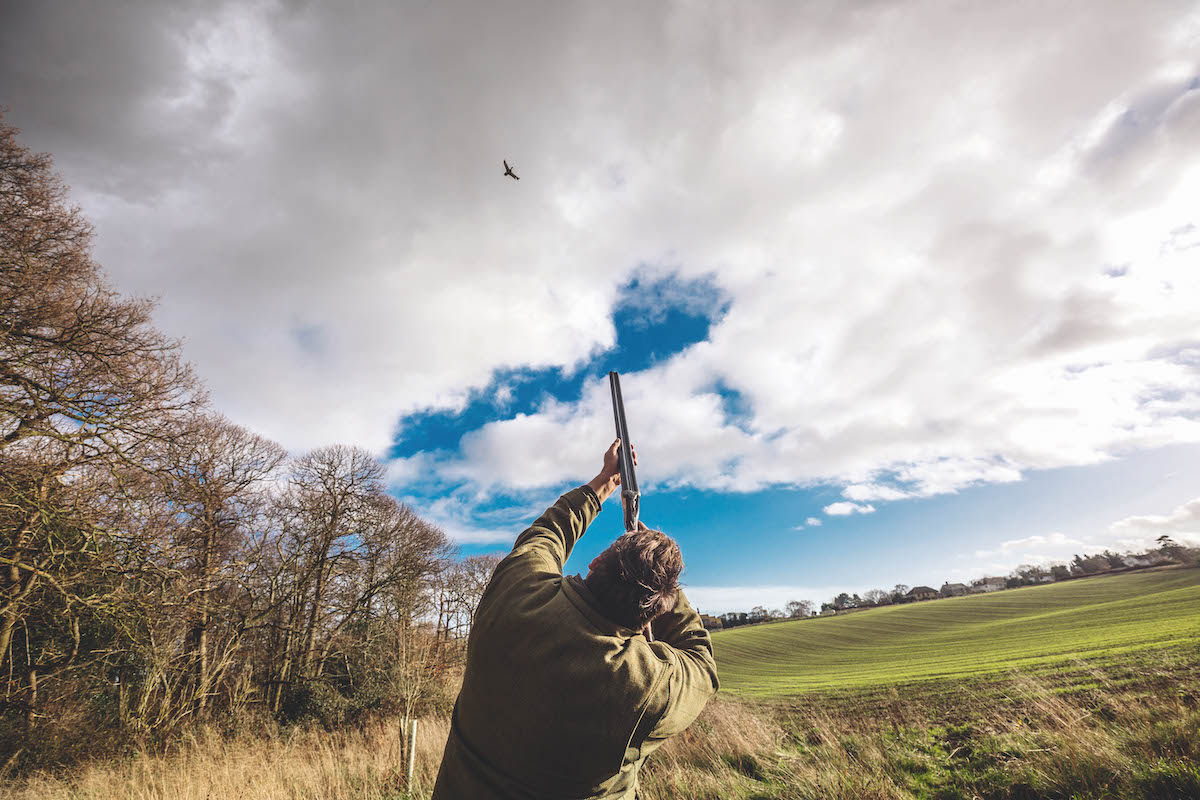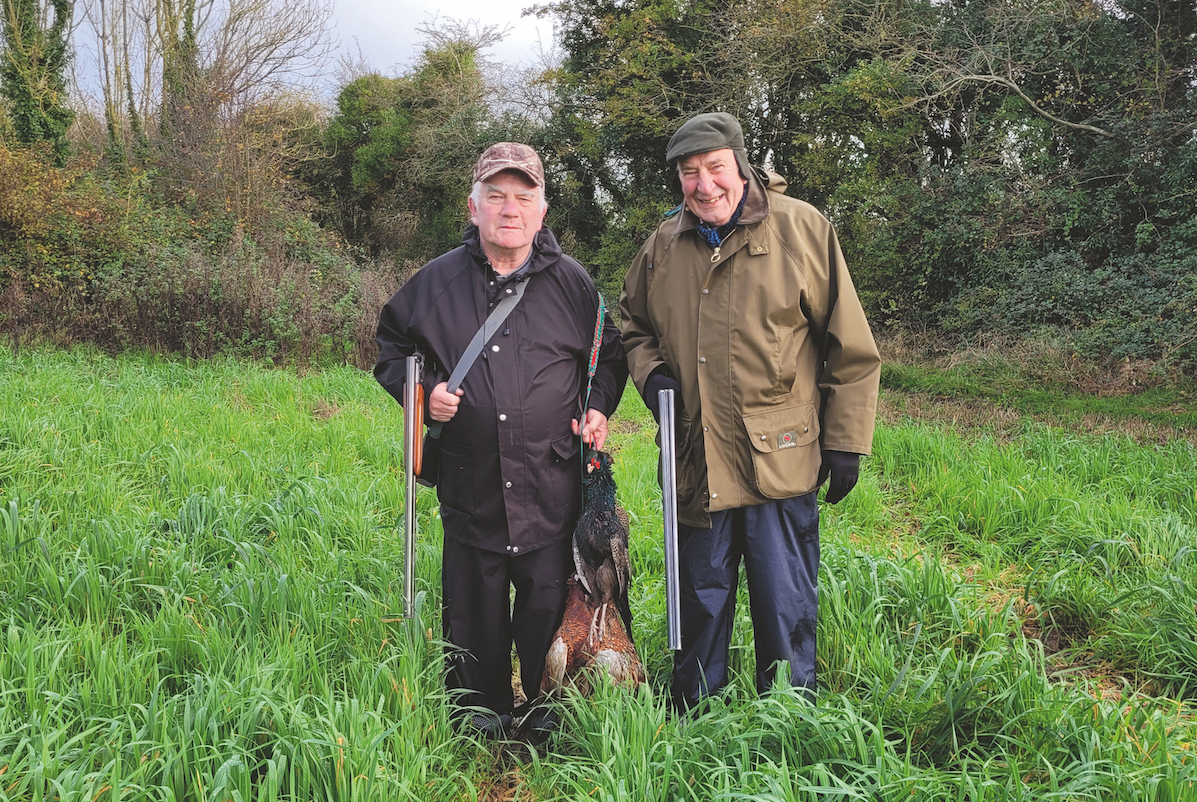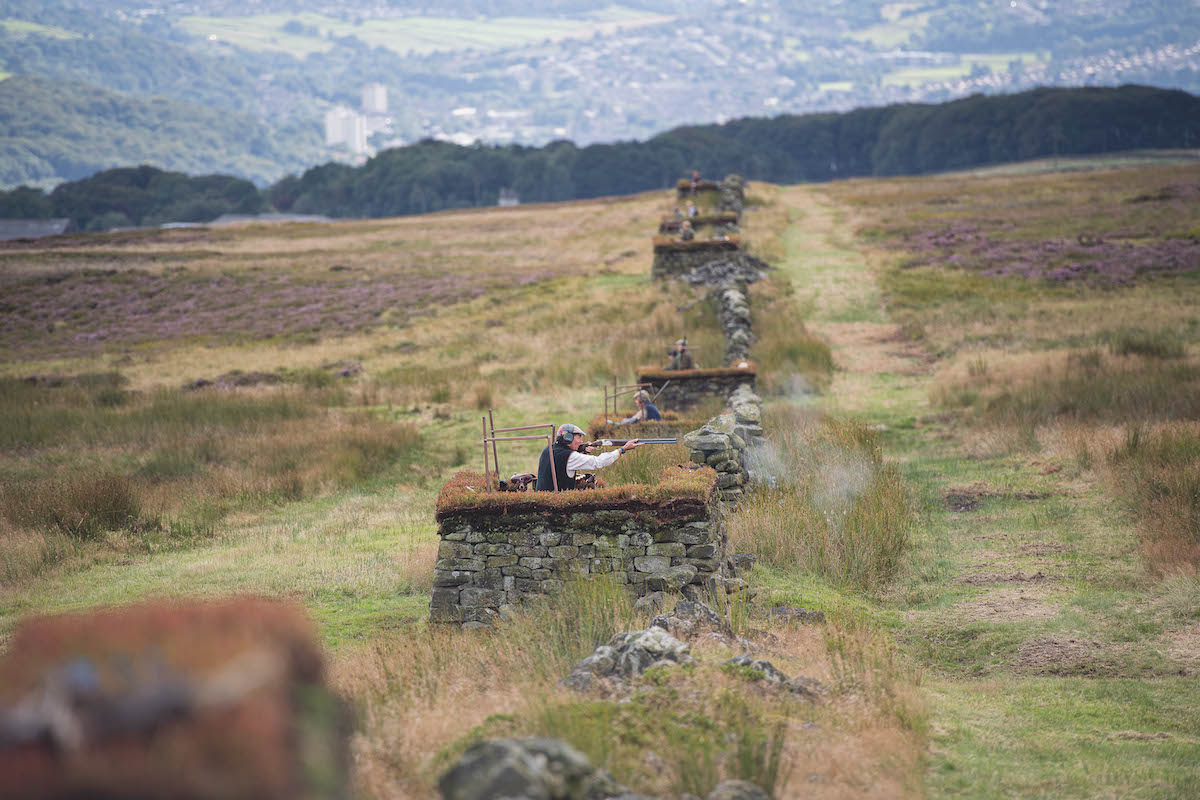Pricking birds: how to reduce the risk
Shooting cleanly is something we should all aspire to, says Tom Payne, who explains how to reduce the risk of pricking our birds

Being able to read the drive is half the battle when trying to understand what the birds are doing
Guns often say to me, “I shot really well at the start of the season, but now I’m not hitting as many birds.” But it may surprise readers to know that a drop in form isn’t uncommon. The reason is simple. The birds become stronger flyers as the season progresses and conditions are tougher, too. December pheasants are at peak performance on the wing and they do take more focus and fieldcraft to shoot consistently — and it’s also worth taking your location into account. The topography of a shoot and the weather conditions can leave a shooter feeling very disheartened.
It’s a difficult thing to stand at the bottom of a steep valley attempting to shoot high pheasants. As responsible game Shots, we aspire to achieve clean kills but unfortunately it is not always the case; at this time of the year we are more at risk of pricking our birds, especially the big, strong cock pheasants. This is also the time of year when we have the most shootable quarry, which can increase the challenge of shooting cleanly, especially if you are on a mixed or species day. Variety is the spice of life, but a constant change of quarry throughout a day can prove a real problem and your fieldcraft has to be on point to shoot consistently. (Read this advice on how to dispatch a pricked bird humanely.)
Pricking birds
So how do we reduce the risk of pricking birds? Let’s start with fieldcraft. All drives will vary depending on county, topography and weather. Being able to access and read the drive is half the battle when trying to understand what birds are doing. The four days I spent in Wales during the cold snap are a case in point. I was shooting with the Bettws Hall team, and all four shoots were completely different. A classic example would be Plas Dinam, which we actually shot twice with a day’s break. We shot a few testing drives; some shoots are very technical and the birds can do all sorts of things depending on the conditions.

Extreme distances will inevitably lead to morme pricked birds, so you must be confident in your ability
How birds can vary
One particular drive, which we shot on both days, demonstrated just how birds can vary. In the extreme cold and frosty stillness — the mercury read -5°C at times — pheasants kept to a fairly true line. The partridges, meanwhile, were not as keen to take to the tall valleys. It was easier to stay on the line of the pheasants and they could be dropped consistently, in particular the hens.
The partridges, on the other hand, took some sussing out. Returning to the same drive on the second day, the temperature had changed. A light wind had picked up and things were changing as the frost cleared.
If we had approached this drive with the same mentality as the first day, we would have ended up in a real mess. Birds would have been pricked left, right and centre. In these breezier conditions, partridges now took on the valleys and pheasants were hitting their top speeds. They took more time to work out and studying the flightline was so important to avoid pricking.
Wounded birds are generally bumped low or along their sides. If you rattle a bird in the air like this, you can almost put your money on the fact that you are off-line and not just behind. This is the case no matter where in the country you shoot. Weather conditions change and distances and heights will vary depending on the topography, but you have got to pay careful attention to what the birds are doing on the wing.
Distances are paramount, too. Knowing your ranges, your own ability and what you can kill cleanly is a huge factor. It goes without saying that extreme distances will inevitably lead to more pricked birds. The margin for error in one’s shooting increases along with the range. Any minor movement or misreading of the line from the Gun is exaggerated over distance. My advice would always be to have full confidence in your distances if you want to kill cleanly. Relying on a golden cartridge to kill a bird just results in inconsistent shooting and more wounded birds. Having the right firepower to kill cleanly is also important.
Knowledge of the quarry
Shooting a mixed day requires the Gun to have knowledge of each of the common species and understand what each particular bird can do. A covey of greys, or anything wild for that matter, has the ability to outfly any shooter with sudden manoeuvrability and quick changes in angle and speed. By the same token, a driven or flighted woodcock is very different to a walked-up woodcock. Out in the open, depending on the height of the birds, Scolopax rusticola are actually fairly true and slow flyers. You need to be able to adjust. For fowlers, a teal, for example, can hit height and speed quickly and manoeuvre on the wind to evade a shooter amazingly well. Again, this can cause the Gun to miss or prick the bird due to a misreading of the line. Speed is something to concentrate on and the size of the bird can give a false impression of their true speed — small quarry famously give the impression of great speed. This is not necessarily the case.
I am often asked if pricking birds (or the avoiding thereof) can be practised at the shooting ground. Unfortunately, the answer is no. Yes, style and technique can always be worked on but it is only experience and time spent watching the various species fly in various conditions and over different topography that can help give you the edge. This does not mean shooting all of the time; in many cases it requires actually standing and watching. Often, not shooting for a day can help make you a better shot in the long run.
Tom’s top tips to avoid pricking birds
Fieldcraft
You must be able to read a drive, regardless of what part of the season you are in. Listen at the start of drives — keepers and shoot hosts often help by explaining what birds will do on the drive. Understand how the weather will affect and change behaviour on the wing of all species you may encounter.
Shooting line
Line is key and can be affected by the strength and condition of the bird you are shooting. This will vary during time of season but will really be governed by wind conditions, topography of ground and air pressure. In order to kill cleanly, your line, how you pick up the bird and finish the shot must be spot on.
Distances
Know your ranges. If you take on birds that are on the limit or out of consistent killing range, or even out of your own ability, you run the risk of wounded birds. Understand your ability and at what distance you kill cleanly.
Second chance
If you do prick a bird with your first shot, despatch it with your second. Don’t be afraid to use both barrels if required. Likewise, if your neighbour wounds a bird, attempt to finish it off as well.








